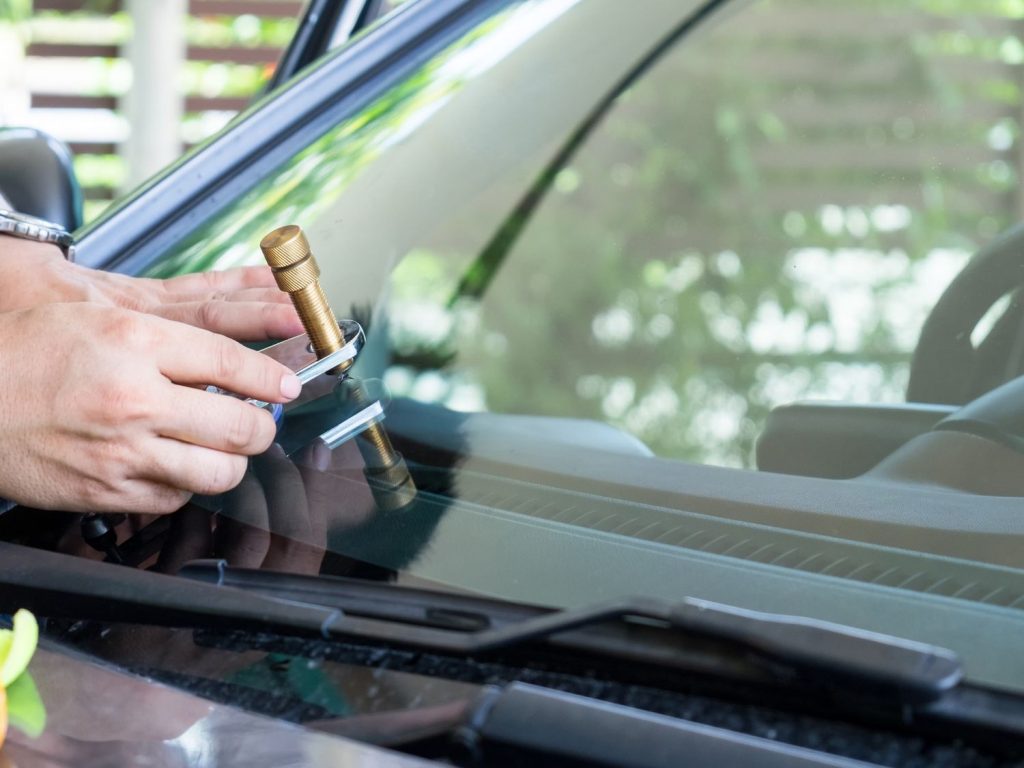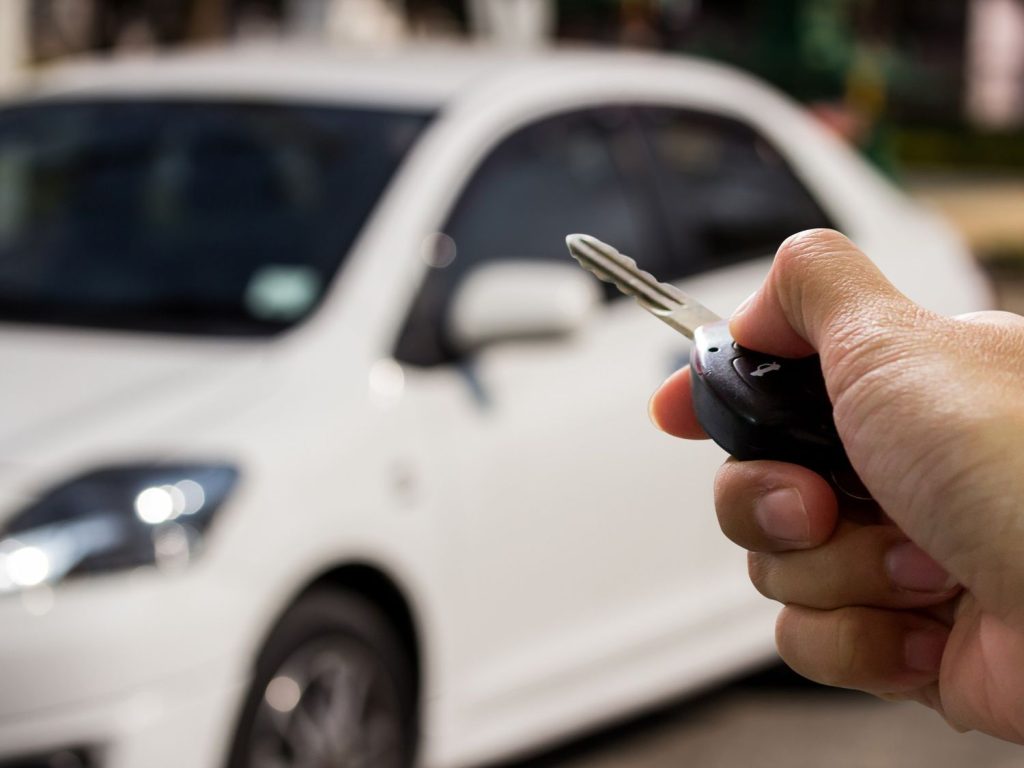Why Mileage Matters More Than You Think
If you’ve ever shopped for a used car, chances are the very first thing you looked at was the odometer. It’s almost instinct, as soon as you sit in the driver’s seat, your eyes dart to that little screen. Mileage is like a resume for a car. It hints at how much life the vehicle has already lived, but like a resume, it doesn’t tell you everything.
Some drivers put 100,000 highway miles on their car and keep it in excellent condition, while another car may only have 40,000 miles yet show signs of neglect. The truth? Mileage is important, but it’s only one piece of the puzzle.
In this article, we’ll break down exactly what “good mileage” means, how it varies by age and vehicle type, and why having a trusted inspection like those offered by Texas First Auto Inspections in Turtle Lake can make the difference between a solid purchase and a money pit.

What Mileage Actually Measures (and What It Doesn’t)
Mileage is the total number of miles a vehicle has traveled. That number connects directly to wear on the car’s moving parts, the engine, transmission, suspension, brakes, and even electronics.
But here’s where buyers often trip up: mileage doesn’t tell you how those miles were driven. A car could rack up 60,000 smooth highway miles in three years and still feel practically new, while another might reach the same figure after years of stop-and-go city traffic, which wears out parts much faster.
Think of it this way: two pairs of shoes both with 500 miles on them. One was worn for light jogging on soft trails, the other for sprints on rough pavement. Same mileage, completely different condition.
Mileage also doesn’t measure accident history, flood damage, or storage conditions. That’s why it should never be the only factor you consider.
Average Annual Mileage: The Rule of Thumb
The industry standard considers 12,000–15,000 miles per year as “average” use. This rule of thumb helps you judge if a car is lightly used, moderately used, or heavily used.
- A 5-year-old car with around 60,000–75,000 miles sits at the average mark.
- A 5-year-old car with only 30,000 miles is considered low mileage.
- A 5-year-old car with 100,000 miles is high mileage.
But context matters. A low-mileage car might have sat unused for long periods, which can create problems like cracked belts, flat-spotted tires, or degraded seals. Meanwhile, a high-mileage car that was well-maintained with mostly highway miles might still have plenty of life left.
Mileage is a starting point, not the final decision-maker.
Good Mileage by Car Age: Practical Benchmarks
Under 3 Years Old
A car less than 3 years old should typically have under 36,000–45,000 miles. That’s based on the average 12,000–15,000 miles per year rule.
- Good deal: A 2-year-old car with 20,000 miles often feels almost new and may still carry part of the manufacturer’s warranty.
- Caution: If you see 70,000+ miles on a 2-year-old vehicle, ask tough questions. That’s double the average and suggests heavy daily use or commercial driving.
3–7 Years Old
For this age range, expect 36,000–105,000 miles.
- Good deal: Cars in this bracket are often the sweet spot for buyers. They’ve already taken the steepest depreciation hit, yet many still have modern features and plenty of usable life.
- Caution: Ensure that major maintenance was done, things like transmission fluid changes, brake jobs, and timing belt replacements.
8–12 Years Old
Here, you’re likely looking at 96,000–180,000 miles.
- Good deal: A Toyota, Honda, or other brand with a strong reliability record at 120,000 miles can still be dependable if service records are solid.
- Caution: Expect parts like water pumps, alternators, and suspension components to need replacement if they haven’t been already.
12+ Years Old
Cars over 12 years old often exceed 200,000 miles.
- Good deal: If it’s still running well with proof of consistent maintenance, you may find excellent budget-friendly transportation.
- Caution: At this stage, repairs can cost more than the car itself. A thorough inspection is essential.
Good Mileage by Vehicle Type: Compact, Hybrid, SUV, Truck
- Compact cars and sedans: These often make excellent high-mileage cars because they’re light and efficient. 120,000+ miles on a well-maintained compact isn’t unusual.
- Hybrids: Mileage matters less than battery health. A hybrid with 100,000 miles might be fine if the battery is strong, but replacing a failing battery pack can cost thousands.
- SUVs: Heavier than cars, SUVs tend to wear suspension, tires, and brakes faster. Mileage benchmarks should be a little lower compared to sedans of the same age.
- Trucks: Trucks often live harder lives, towing, hauling, and rough road use. A truck with 150,000 miles of light-duty use could be great, while one with 90,000 miles of heavy towing could be near the end of its prime.

Condition Beats Mileage: Service History and Real-World Wear
Mileage is only meaningful when combined with condition. A 90,000-mile car with a complete service history can outperform a 40,000-mile car that was neglected.
Service Records and Maintenance Patterns
Ask to see receipts or digital service logs. Oil changes every 5,000 miles? Transmission fluid replaced on schedule? Timing belt swapped at the recommended interval? These details tell you more about the car’s health than the odometer alone.
Common Mechanical Signs to Watch For
Engine and Transmission
- Hard starts, rough idle, or strange noises can signal trouble.
- Delayed or jerky gear shifts point to transmission wear.
- Excessive smoke from the exhaust may suggest deeper engine issues.
Suspension, Brakes, and Body
- Clunks or rattles over bumps hint at worn suspension.
- A spongy brake pedal or grinding noise means new brakes are needed.
- Rust on the undercarriage or frame can be a dealbreaker.
Odometer Red Flags and Fraud Checks
Sadly, odometer fraud is still a thing. Always cross-check the odometer reading with service records, inspection stickers, and vehicle history reports. Look at wear on the steering wheel, pedals, and seats. If a car claims 40,000 miles but the seats look like they’ve seen a decade of road trips, something’s off.
How to Inspect a Used Car Yourself: A Step-by-Step Checklist
Paperwork and Title Check
- Confirm the VIN matches across all documents.
- Check for salvage or flood branding on the title.
- Review history reports for consistent mileage entries.
Visual and Under-the-Hood Inspection
- Look for leaks, rust, or uneven panel gaps.
- Check fluid levels and conditions.
- Use a magnet to detect body filler from past accidents.
Test Drive Checklist
- Start the engine cold, issues often show up here.
- Drive at city and highway speeds.
- Test brakes, steering, and suspension responsiveness.
- Try all electronics, from headlights to A/C.
Texas First Auto Inspections: Why a Professional Check Matters (Turtle Lake)
Even the most careful DIY inspection can miss hidden problems. That’s why buyers in Turtle Lake trust Texas First Auto Inspections. Their experts check for signs of wear that directly tie to mileage, such as:
- Engine compression tests.
- Transmission health diagnostics.
- Brake and suspension component wear.
- Electrical system checks.
- Frame and underbody rust inspections.
A professional inspection provides peace of mind and negotiating power. If issues show up, you can walk away or use the findings to push for a better price.
How Mileage Affects Price and Negotiation Tactics
Mileage strongly influences pricing guides like Kelley Blue Book or Edmunds. But don’t let sellers use mileage alone as leverage. If you spot upcoming maintenance needs like brakes or tires use that to negotiate. For example:
- “The car is priced at $10,000, but it needs $1,000 worth of brake and tire work soon. I’d like to offer $9,000.”
Sellers expect negotiation. Having inspection evidence makes your offer stronger.
Calculating Remaining Life and Ownership Cost
Instead of focusing only on price, ask: “What will this car cost me over the next 3–5 years?” Factor in:
- Scheduled maintenance (timing belts, fluid changes).
- Likely repairs based on mileage (brakes, tires, suspension).
- Insurance and fuel costs.
A $7,000 car with $3,000 in upcoming repairs isn’t a bargain compared to a $9,000 car that’s road-ready.
Local Considerations for Turtle Lake Buyers
Turtle Lake roads and weather conditions bring unique challenges.
- Rural and gravel roads can wear suspension and tires faster.
- Seasonal salt use can accelerate rust on older cars.
- Short commutes may strain engines because they don’t fully warm up.
Local knowledge helps you spot mileage issues specific to your area.
Maintenance Tips to Extend a Car’s Useful Miles
Want your car to last well past 150,000 miles? Stick to these habits:
- Regular oil changes with quality filters.
- Transmission and coolant flushes at recommended intervals.
- Keep tires balanced, aligned, and inflated.
- Don’t ignore small noises, they often signal bigger problems ahead.
When High Mileage Can Actually Be Okay
High mileage isn’t always bad. A 150,000-mile car that lived on highways may be healthier than a 60,000-mile car used only in stop-and-go traffic. Ask sellers about driving habits. If most miles came from long commutes or road trips, that’s usually a good sign.
Texas First Auto Inspections Serving the Turtle Lake Community and Beyond in Houston
Texas First Auto Inspections is dedicated to serving the diverse needs of the local community of Houston, including individuals residing in neighborhoods like Turtle Lake. With its convenient location near landmarks such as the Early Child Care/Learning Center and major intersections like Marblemount Dr. & Turtle Lake Dr. (coordinates: 29.942447725573235, -95.56012024215346), we offer check used car service Houston services.
Get Check Used Car Services at Turtle Lake Now
Navigate from Turtle Lake to Texas First Auto Inspections Now
Smart Mileage Decisions for Confident Car Buyers in Turtle Lake
Mileage matters, but it’s not the whole story. Instead of fixating on the odometer, look at the bigger picture: service history, inspection results, and real-world condition.
In Turtle Lake, partnering with Texas First Auto Inspections gives you the expert eyes needed to avoid costly mistakes. With the right approach, you can buy a used car that fits your budget, lasts for years, and gives you peace of mind every time you turn the key.
FAQs
1. Is 100,000 miles too much for a used car?
Not necessarily. Many cars today last well beyond 200,000 miles with proper maintenance. Focus on condition and service records instead of the number alone.
2. How many miles per year is considered high?
Anything over 15,000 miles annually is considered above average. High isn’t always bad if those miles were mostly highway miles.
3. How can I avoid odometer fraud?
Check vehicle history reports, review service records, and inspect wear on the car’s interior against the mileage.
4. Should I pay more for a low-mileage car?
Yes, but only if the condition matches. A higher-mile car with perfect maintenance may be a better value than a neglected low-mile one.
5. Why get a professional inspection if I’ve checked it myself?
Because we catch things you may miss like internal engine wear, hidden frame rust, or diagnostic codes. Our shop near Turtle Lake provides peace of mind and negotiation power.





